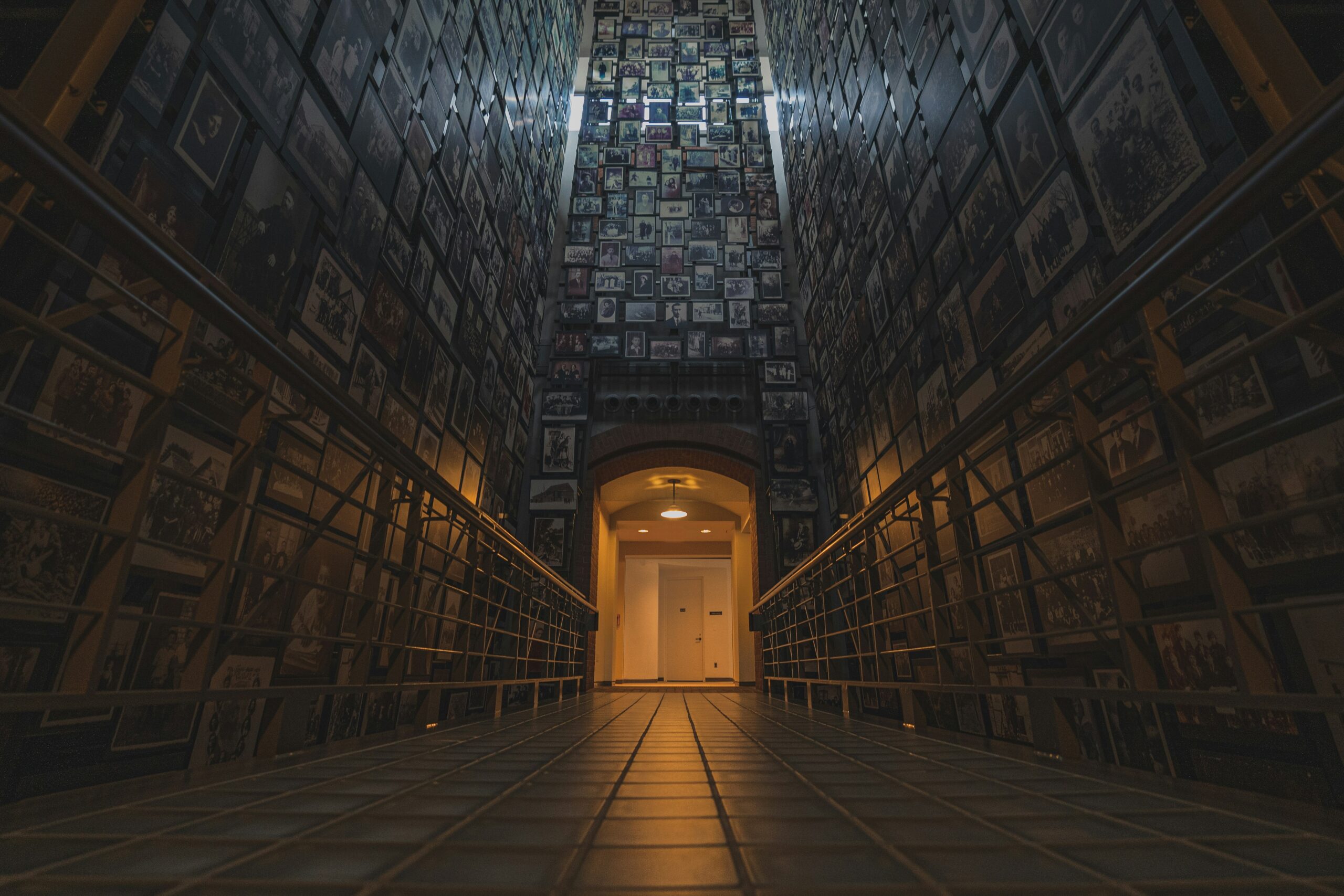“Who among us keeps watch over this strange watchtower to warn the arrival of our new executioners? Are their faces really different from our own?”
In the placid, breezy fields of the abandoned camps that once housed millions of those soon to be dispatched to the crematoria, the filmmaker Alain Resnais alighted on a novel technique of documentary cinema serving as a precedent for later cinematic depictions of the Holocaust. Contrasting archival footage with tentative, revelatory tracking shots of the camps as they existed in 1956, more than a decade after their liberation, Night and Fog demands that the audience draw the connections between the contemptible past and the sunny and placid present; in contrast with the tempting dismissiveness that sees this atrocity as a historical phenomenon, it is this uneasy technique that draws out the omnipresence of the Holocaust as a phenomenon of human atrocity, implicating 1956 as much as our modernity of the twenty-first century.
The power of Night and Fog, stemming from this technique, contributes to its reappraisal of the modern conscience and to its forceful imagery demanding that we never forget what has happened to us, and what we have done to ourselves.
A swift, terse documentary of half an hour, Night and Fog telescopes the events beginning with the rise of the Third Reich, in 1933, continuing to the liquidation of the ghettos and labor camps, and finishing with the implementation of the Final Solution and the late, hopeless liberation of the camps and of those that had survived. Despite the terseness of its treatment of history, the documentary is nonetheless thorough and explicit in the presenting of footage and photos—horrific, explicit, nauseating, and grotesque—revealing the sick story of humanity. Solemn and eloquent, the voice-over (of Michel Bouquet) draws the conclusions suggested by the technique:
“With our sincere gaze we survey these ruins, as if the old monster lay crushed forever beneath the rubble. We pretend to take up hope again as the image recedes into the past, as if we were cured once and for all of the scourge of the camps. We pretend it happened all at once, at a given time and place. We turn a blind eye to what surrounds us and a deaf ear to humanity’s never-ending cry.”
Night and Fog, like the epochal Shoah (1985), returns again and again to the presence of the past, emphasizing the ordinariness of the people and the circumstances that culminated in the unordinary, destructive outcomes of the Final Solution. For the destruction of the European Jewry was not caused by Nazism alone, which was a necessary but insufficient condition; the Holocaust was a culmination of individual failures as much as ideological ones, and the dignity of the human condition was trampled on and eviscerated, day by day, and hour by hour, by all of those participating in the tyranny of the Third Reich.
These countless individual failures are the true cases for the immediacy and presence of the Holocaust, which will cleave to humankind as long as humankind exists; this twentieth-century cataclysm was not that of a distant, tyrannous, and cruel nation with psychopathic leaders (some of whom were doubtless cruel and psychopathic), but that of a humanity identical to ours. The uneasy questions of the narrator should disturb and provoke: “Who among us keeps watch over this strange watchtower to warn the arrival of our new executioners? Are their faces really different from our own?”
But still more provocative is the notion that among our twenty-first-century office dwellers, peacetime pleasures, and the complacent living in cities and towns, permeating what we think we are and the self-conceptions with which we honor ourselves, is the reality of human nature lying in wait. One is not a killer till one becomes a killer—that is not to be doubted. But how many cannot acknowledge what they could become, under the right conditions?
Antisemitism—why, it is just a vicious byword whose cause is more insidious and elusive. The cause of The Holocaust, the real cause of the horrific, brutal destruction, is the subtle and purblind creature that is the human being. And this creature cannot be cured.


